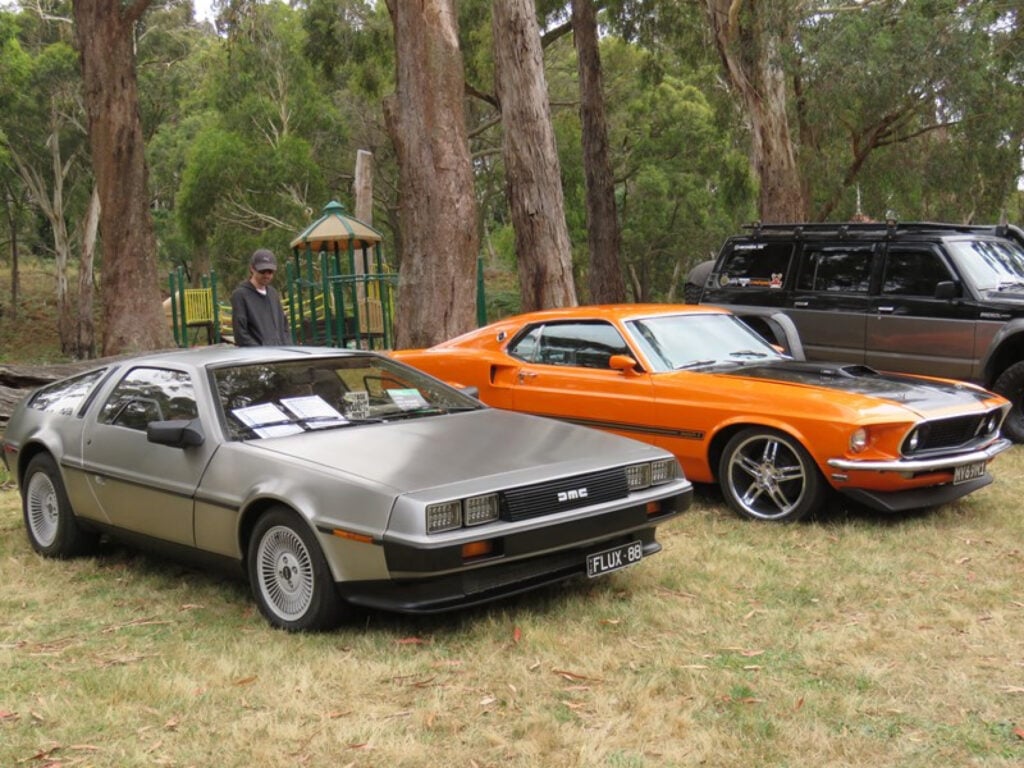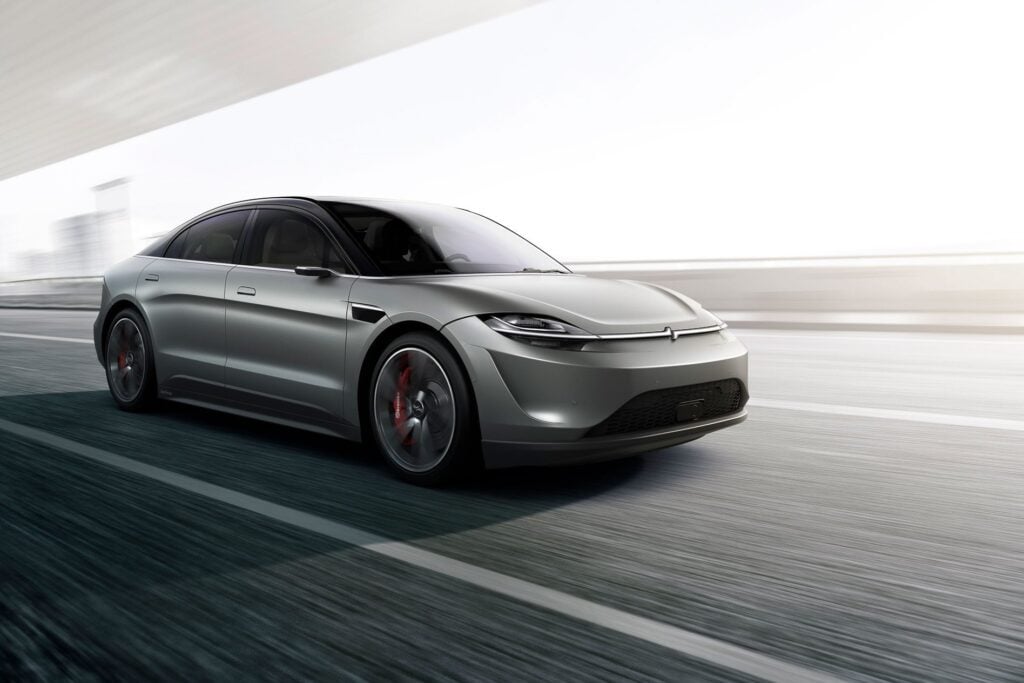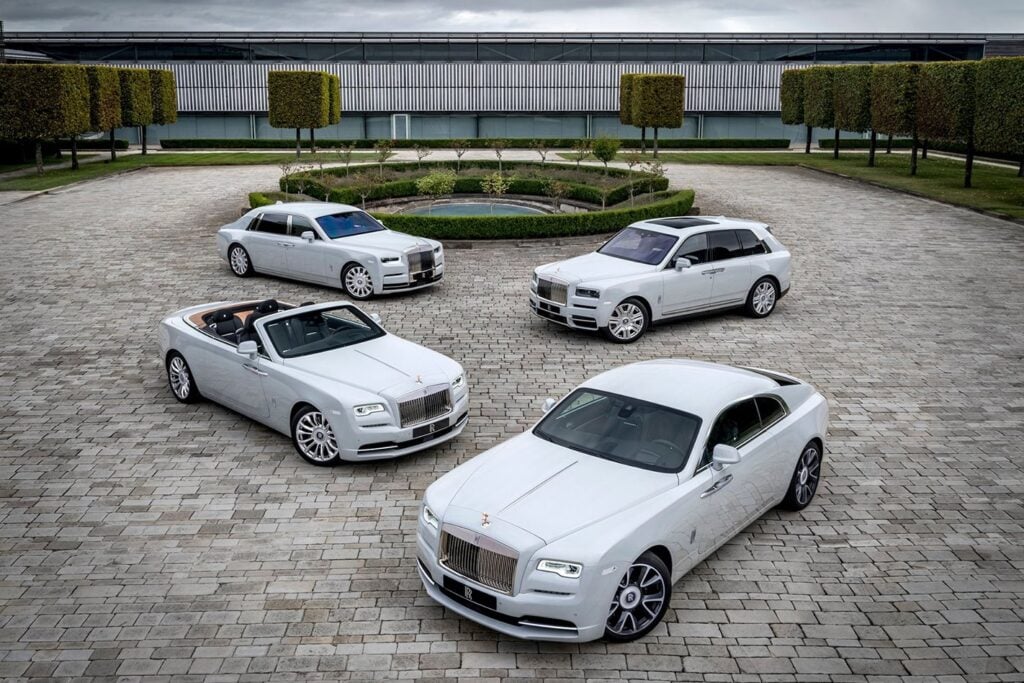
Andrew Smith realised he wanted to design cars when he was just 14. Three decades later, he’s shaping two of America’s most iconic brands.
Andrew joined Holden in 1992 and was responsible for exterior design of the Utester, Sandman (pictured below) and VU Ute, before overseeing VE Commodore interior design. In 2005 he headed for Detroit, leading the ‘small/premium’ project for Buick before becoming director of architecture strategy for all vehicle platform development.
Now 45, the boy from Gilgandra in central NSW is executive director of design for Cadillac and Buick, and colour and trim for all GM brands.
Wheels spoke with Andrew (below) at the Detroit international motor show, where he was on hand to see his latest work unveiled: the Buick Avenir concept (pictured at top).
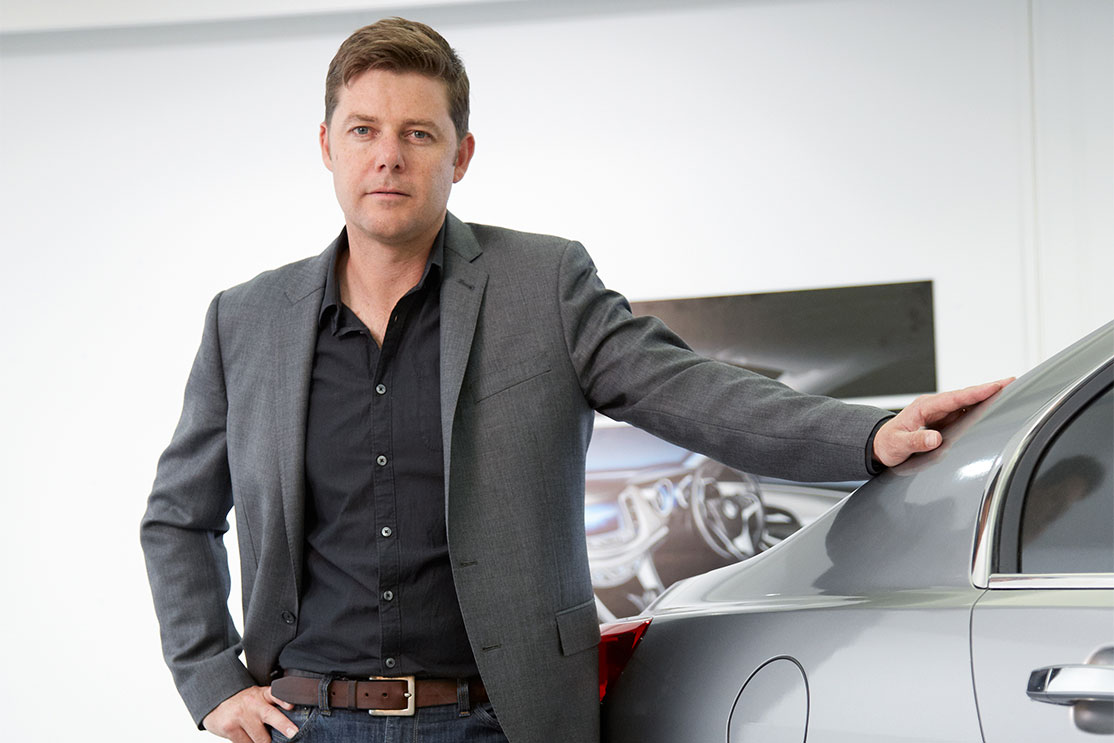
What is it about Australians and car design? They’ve always had an influence on the global scene, but it’s getting more prominent.
Australia has a strong car culture. Young kids really get into cars. It’s also a creative environment; it’s a country where you’re encouraged to do what’s in your heart. Lots of kids want to draw cars.
Is it getting easier for Australians to carve out an automotive design career?
I think it is. Australians are viewed as creative and proactive designers. Also, because of the nature of the industry in Australia, you get a really good grounding. You get a lot of responsibility because it’s a small studio.
How will that change once there’s no local manufacturing?
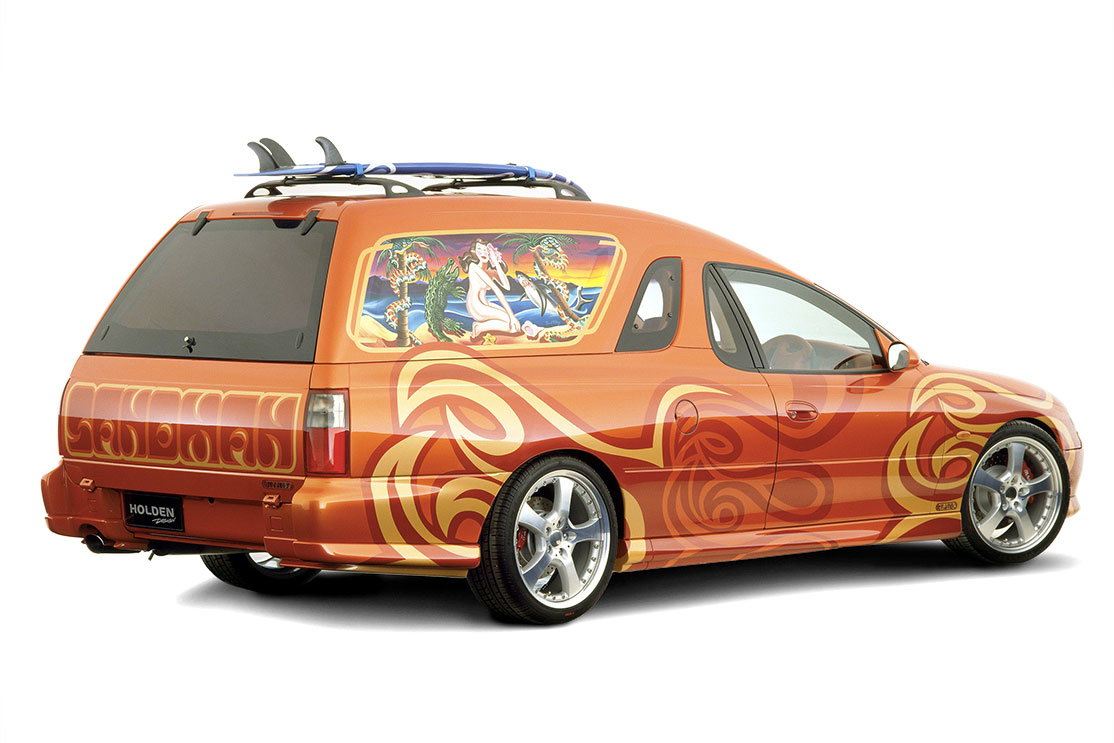
How do you go as a relatively young Aussie telling Americans how to design two of their oldest and most iconic brands?
My approach has always been that I’m not dictatorial, but more collaborative. So the first thing I always do with the team is sit down and talk to them about their thoughts, where do they see things going, what are their passions…
Are there clashes with others in the team, or with management?
A lot. That is where you get into great design. You need to have a passion, you need to have a point of view, but at the same time you need to be able to collaborate. We often do projects where it’ll either be a collaboration or a competition. As long as you know what you’re doing up front, that’s okay.
What’s changed in car design in the time you’ve been doing it?
It’s what’s changed with the whole world, which is the immediacy of everything; everything has to happen at once. We now have the internet, we’ve got access to everything.
I remember I used to wait for the day Wheels magazine would come out. I’d hang out down at the newsagent, get the copy and read it – that was so exciting.
When I first started working at Holden and we first got colour photocopiers and we could actually blow an image up, that was like, ‘Wow’. And now everyone is surfing the net pulling images all the time. So access to information has really driven design trends.
Where is car design heading over the next 20 years?
Car design is at an interesting point where experiential design is the next big idea. We’re all toying with it now, we all use our smartphones all the time, we’re all on the internet, we’re all understanding that the way we interact with objects is changing, and I think we’re starting to deal with that.
Autonomous driving is really an amazing technology and that’s something that we as designers really need to focus on. Rather than a negative experience, like the car is in control, how do I turn it into a chauffeur-driven experience as a positive?
This article was originally published in Wheels March 2015.

